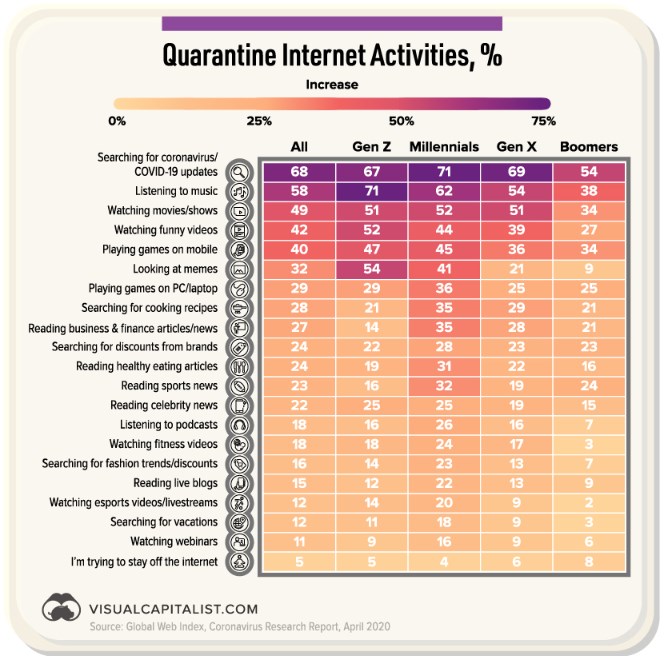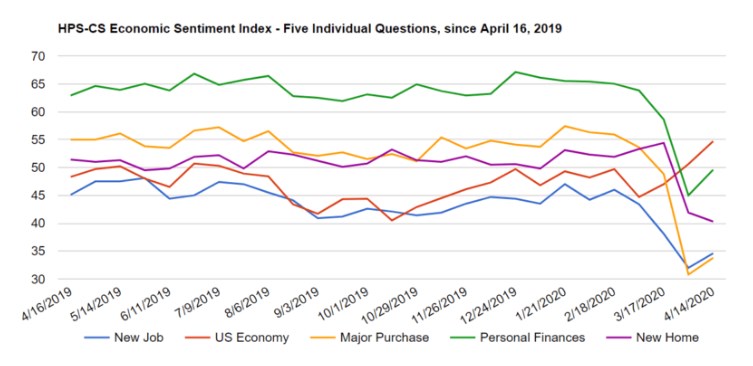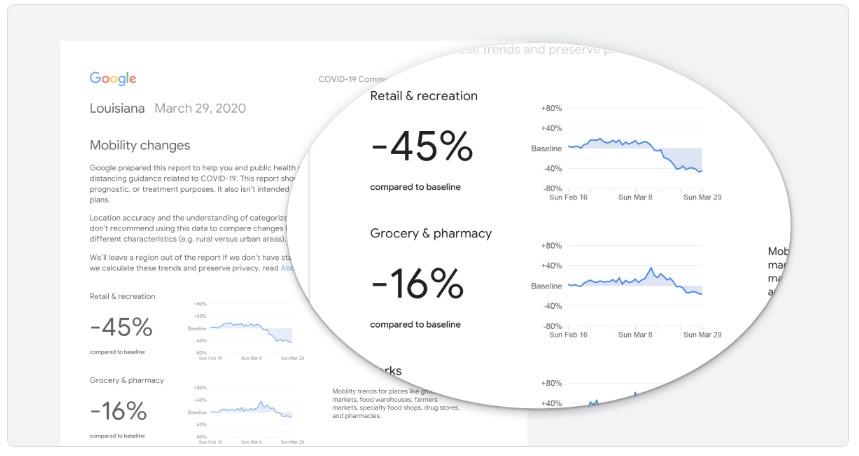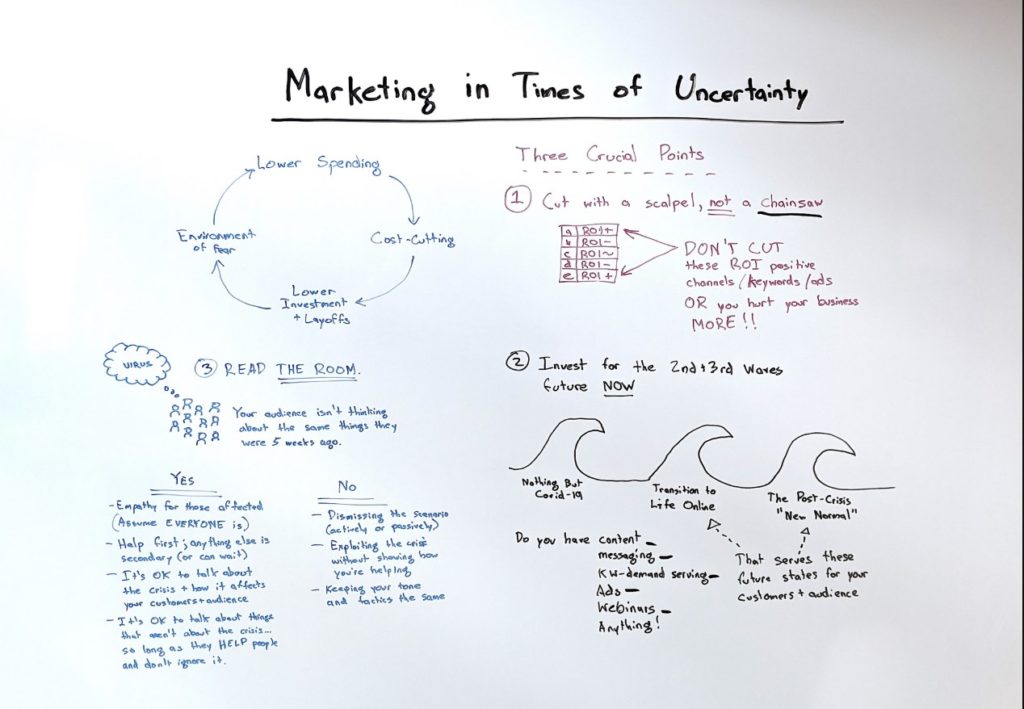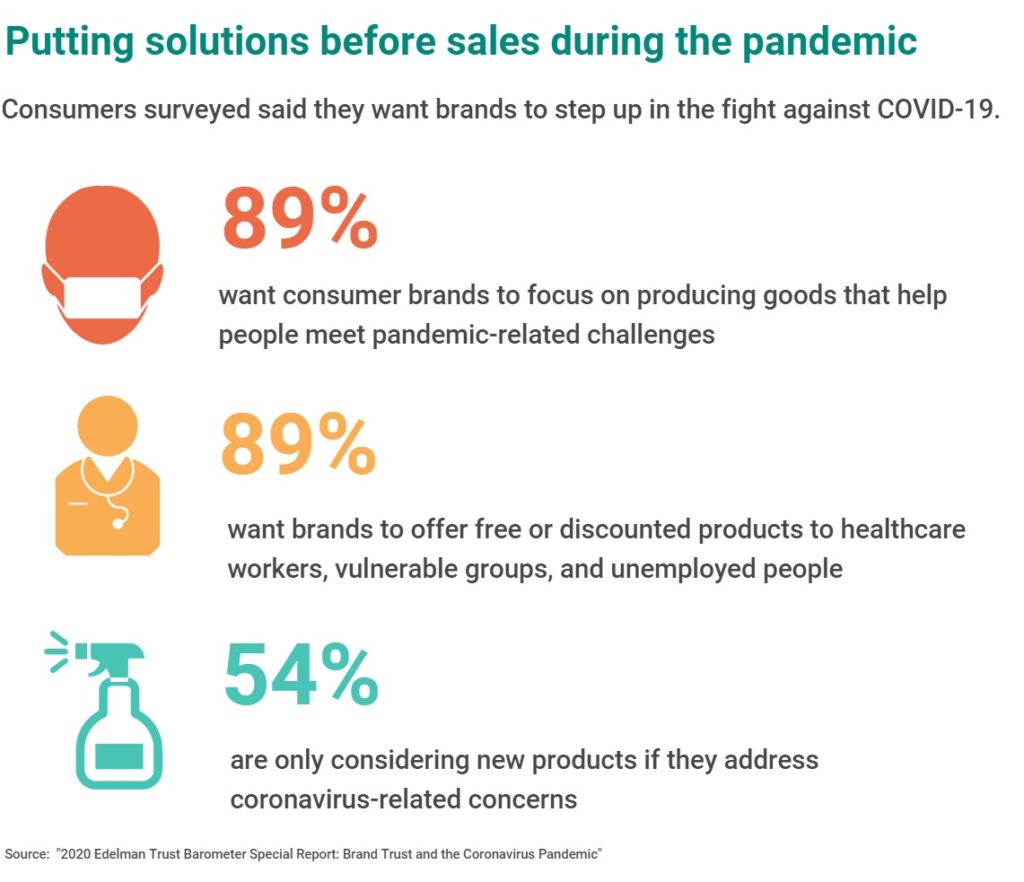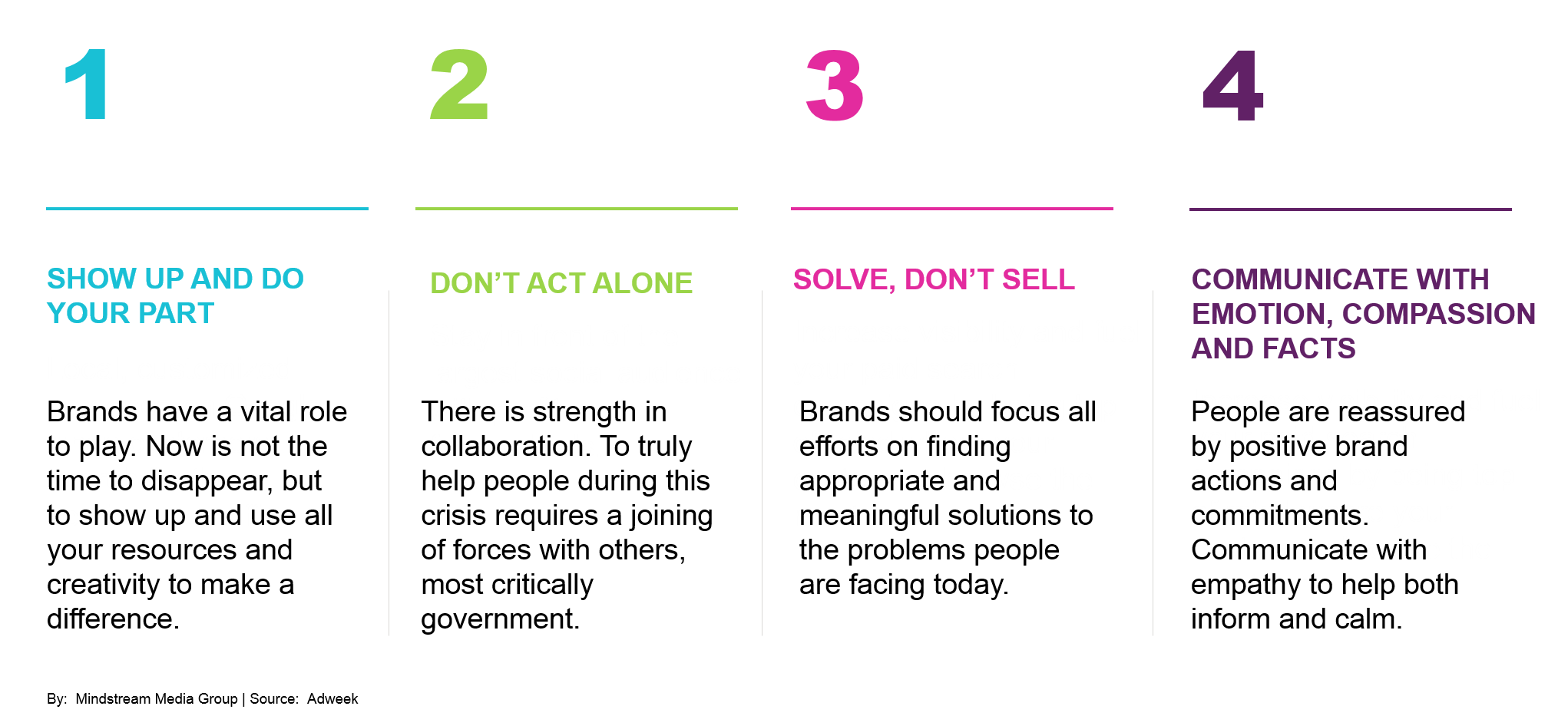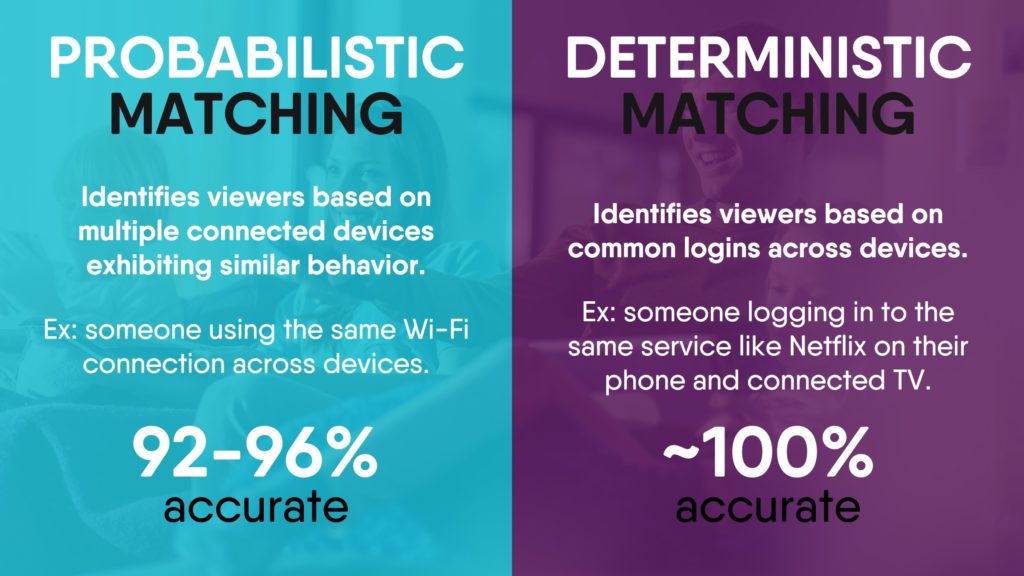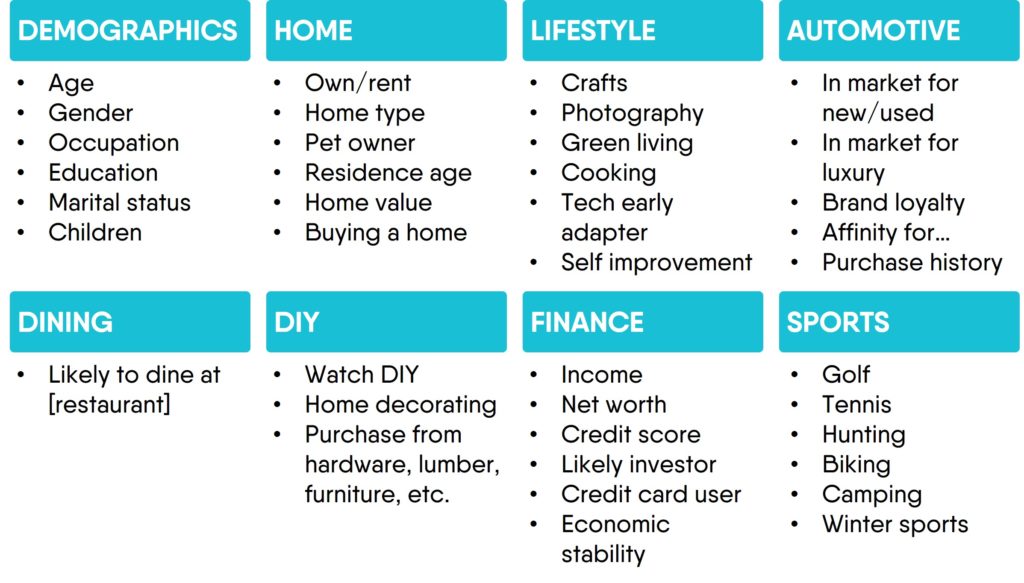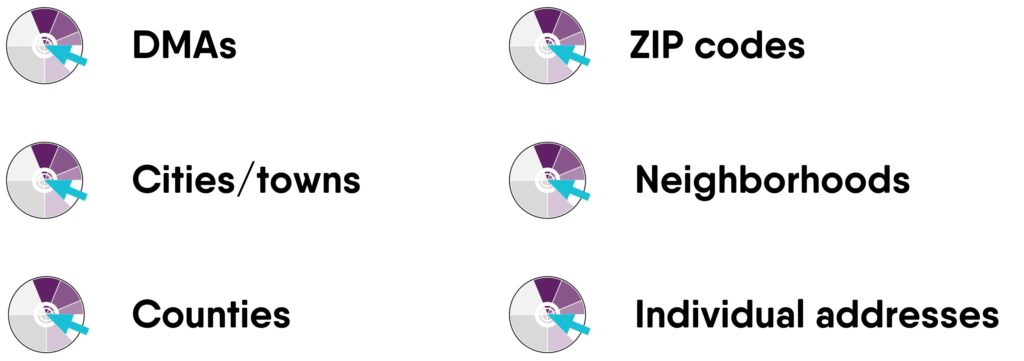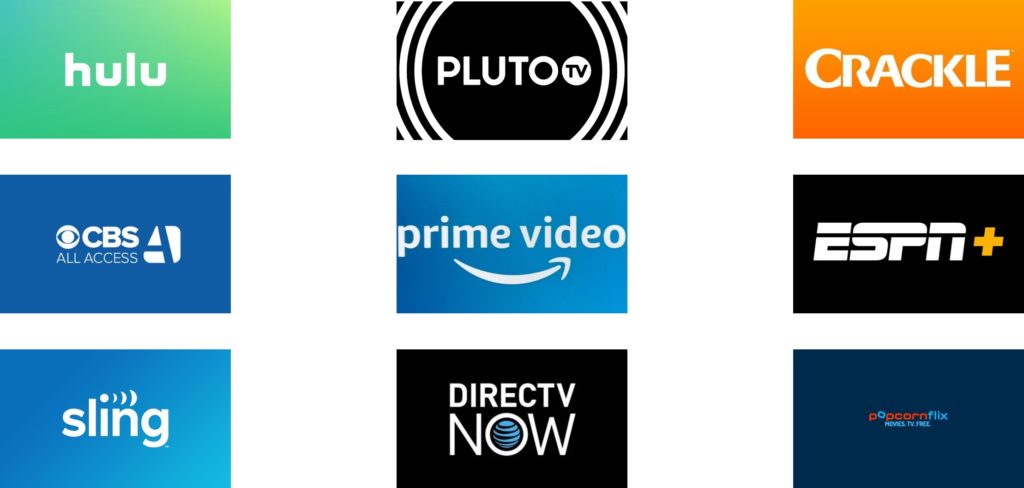Creative Agencies Win by Partnering with Media Firms
We’ve seen it as immediately as the last two weeks. The “once was” is colliding with the “now is” strategy and structure of operating a successful agency. Full-service and creative shops are morphing before our eyes as everyone looks to answer for the future state of their business.
What exactly does the future state look like?
For our team at Mindstream Media Group, we look to the horizon, while remaining anchored in our PURPOSE:
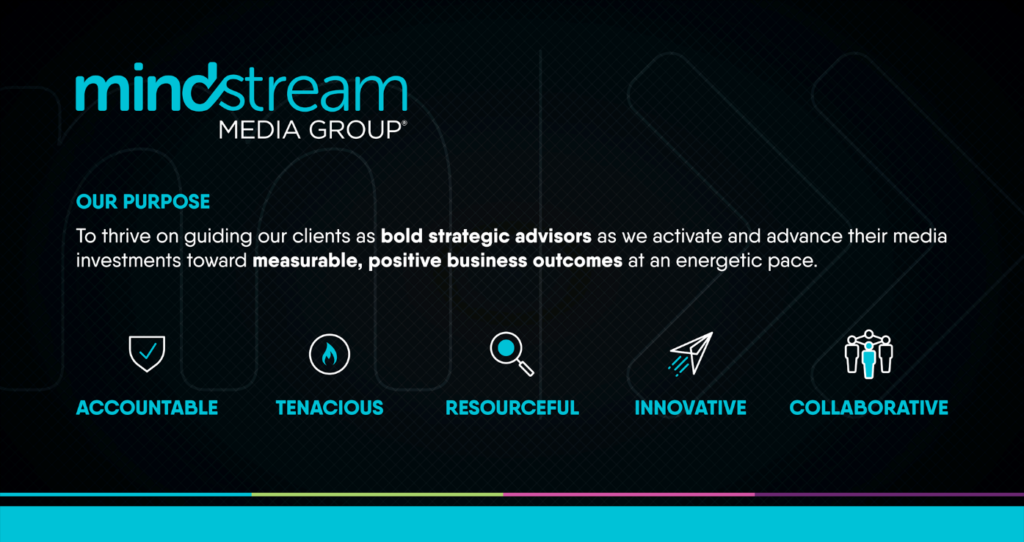
We don’t discriminate in WHO we view as our “clients” in this purpose and in our delivery of services—from national brands and franchise businesses to general and creative agencies.
We work with 20+ agency partners from Southern California to Maryland, and some relationships have existed for as long as 10 years. Other relationships are just starting to blossom as we “win together” with creative agency partners. Agency partnerships are especially interesting now, as agency models are being reinvented.
Why is that?
It’s really a terrific question. The “jack of all trades” creative shop or full-service partner likely had to evaluate resources in the last 30 days. Everyone in our space has. No one is immune to the ripple effect of the virus and the impact on our service teams. Offerings are being pared down and a refined focus on the work is coming back into a clearer perspective. What’s needed more now than ever is a high-quality account and/or strategic lead. Then, lean on the talents and perspective of a trusted partner to bring it to life.
This BEFORE & AFTER image represents the typical, pre-pandemic agency account structure and what challenges will exist going forward.
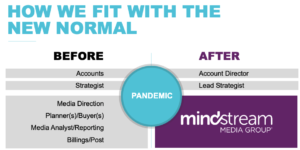
Agency structures are reinventing at a rapid pace due to the COVID-19 pandemic. But clients aren’t going away. Agency owners, COOs and account teams are looking for trusted partners to help them bring their ideas to life. As the economy rebounds, Mindstream Media Group can insert quickly into the statement of bringing ideas to life. No one will have time to waste when ramping back up.
Now, let’s say you’ve never considered this approach pre-pandemic… What specifically does Mindstream Media Group bring to the table to help retain your business and GAIN new opportunity (clients) in this new economy?
We exist to Fast-Forward Your Business through perspective, capabilities, a CRUSH IT culture and the pricing insight $500 million in scale brings. We’ve distilled our unique perspective, capabilities and scale into 12 ways we can help agency partners moving forward.

In addition to uniquely beneficial partnership models and full-solution media capabilities, one example of value we deliver is seen in No. 2 under SCALE (Research). Re-evaluation of an agency P&L may have left many of these crucial research tools by the wayside. We get it. Let us, or another partner, lift the burden of cost and ensure you’re continuing the stewardship of your client dollars. Our team invests nearly $1,000,000 annually with research and strategic planning tools. The key word is “invests” in the tools. We rely on this wealth of research data to help define and drive our media recommendations.
We have agency partner relationships spanning over a decade. Why? Because together: they win first; then we win by truly being an extension of their team and delivering a full range of media solutions.
Challenge presents opportunity, and as a collective, our fellow agencies are certainly living this challenge. If any of this speaks to where you are today, embrace the opportunity to scale your business, and let’s start a conversation. Reach out to me directly or submit the form below and we’ll get back to you.
Zac Keeney, President of Mindstream Media Group, leads the agency’s sales and marketing teams. His 15-year career in media encompasses working with many Fortune 500 brands to successfully strategize and implement campaigns of all shapes and sizes. Zac’s competitive spirit fuels the drive to keep a constant focus on moving client business forward. The unique challenges that every client presents allows Zac and his team to thrive by consistently providing unique, agile solutions in an ever-changing marketing landscape.



